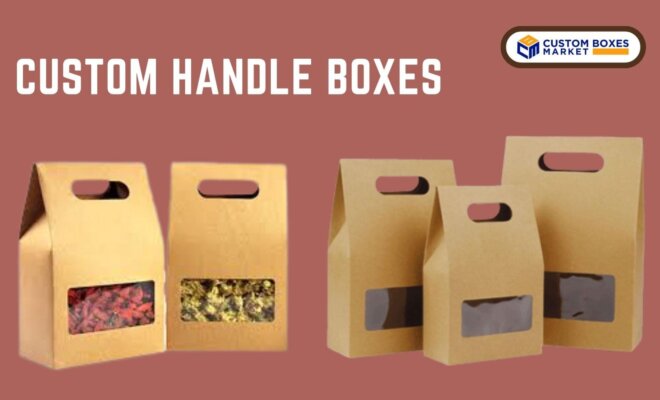As a specialty coffee roaster and coffee shop owner, one of our prime goals is to cultivate and serve discriminating consumers. In this quest for excellence, the quality of the coffees we source is paramount because that’s where it all starts. You can’t “add” quality to a coffee through your roasting and brewing process, just as a chef can’t take bad ingredients and make a great dish. So this is where it starts.
However, outstanding coffee service also relies on a complex supply chain. Not just the sourcing of coffees, but also a whole host of specialty items, including ingredients for coffee drinks, food items, paper products, food service equipment and marketing materials and “merch.” Like similar businesses, the pandemic continues to stress product availability, cost structure, and customer service. These issues include material costs, lead times and inventory.
In almost all supply areas, material costs continue to increase almost daily, notably impacting everyone’s product margins. In addition, lead times are also rising dramatically on items such as paper cups, sleeves and lids (paper products), equipment and merchandise, making it challenging to maintain normal stocking levels.
As a result, we are forced to try and secure larger size orders of commonly used items when we can. However, having to resort to alternative sourcing (something we obviously rather not do) creates additional hardships for smaller operators in terms of storage, inventory management and cash flow. For example, we are now facing a 20-week lead time on our custom printed sleeves and cups, meaning we need to keep at least a seven-month supply of all these items. This significant amount of product now requires additional storage and cash flow.
With respect to ingredients, the supply of alternative kinds of milk, oat milk, in particular, has become incredibly inconsistent, while demand is surging. As a result, we sometimes struggle to keep it in stock, let alone at a reasonable cost.
How do we respond?
Clearly, there is a delicate balance to be achieved regarding supply chain issues, something with which the broader hospitality and food service industries are struggling. Strikingly, there have even been rumors of bagel shops in New York unable to source needed restaurant-grade cream cheese!
Initially, there is a tendency (maybe even an attraction) to cutting back on product offerings and skimping on physical service items. Don’t be so generous with toppings. Make the napkins a bit scarce. Costs are saved. We all know the feeling when we are on the other hand, as a consumer of such a strategy. Unfortunately, “skimping” seriously risks product quality, customer acceptance and greater brand equity.
Branding, in particular, is of special interest. While the issue at first glance might seem trivial, it really isn’t. How important are branded wares as marketing materials, and to the customer’s perception of the quality of coffee they’re paying for? In theory, the cup is only the book’s cover, and its contents are all that matter. Still, in reality, we know that the look and feel of the coffee service, including those branded wares, are all part of the customer experience and perception of quality.
There is no easy answer here, as supply chain issues may persist for some time, especially in an inflationary economy. Instead, we must view the present time as an opportunity to re-examine our product lineup, cost structure, procedures, drink recipes, etc. Can we streamline our product offerings? Adjust recipes in ways that don’t impact overall product quality? Be more economical with supplies on the non-customer-facing side of our business? When do new sources make sense, being mindful of not wanting to disrupt existing long-term supplier relationships if at all possible? For example, could we produce our oat and almond milks in-house subject to local restaurant regulations? In answer to an issue just discussed, can we improvise quality labeling locally that we apply to generic coffee cups, napkins or menus that sustain our hard-earned brand equity?
Regardless, we must never compromise our core product of coffee and our customer service. However, if we present some of the issues discussed forthrightly and honestly, I do believe our customers will understand and reward us with their continued patronage and loyalty.
About Dessert Oasis Coffee Roasters
Dessert Oasis Coffee Roasters has one location in Rochester, one in Detroit, and one in Royal Oak. The company roasts coffee in-house daily and bakes its desserts every day. Dessert Oasis strives to deliver an unrivaled coffee, dessert, and entertainment experience through close attention to detail, an unbelievable knack for quality, and intense love for our communities. Crain’s Detroit Business recently recognized President and Director of Coffee Nathan Hamood for his passion for coffee, business acumen and commitment to the community by being included in Crain’s 20 in their 20s Class of 2021.










